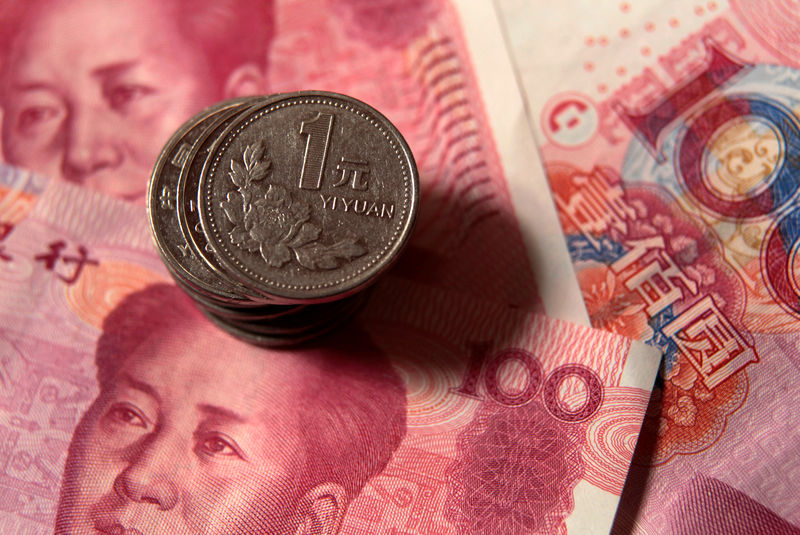(Bloomberg) -- There’s little sign of nervousness among China’s traders before the release of data that will reveal the depth of the contraction in the economy.
The offshore yuan was last 0.2% higher to trade around its average level for the past month. The $7 trillion stock market is almost stilled, with the Shanghai equity benchmark again stuck at the 30-day average, while turnover is near levels hardly seen all year and volatility is sliding. The yield on 10-year government debt hasn’t moved more than 3 basis points daily in a week.
It’s not like the data doesn’t have the capacity to shock. The median forecast of economists surveyed by Bloomberg is for a 6% contraction in the first three months of the year, when the coronavirus outbreak spurred a lockdown across the country. The slump may be as deep as 11%, according to Bloomberg Economics.
The government will also release data for retail sales, fixed asset investment and industrial output for March.
So far the Chinese authorities have been relatively restrained in providing stimulus to offset the impact of the pandemic, especially compared with central banks in the U.S and Europe. That’s disappointed stock traders and helped snuff out February’s sharp rebound in the equity market. Worse-than-expected data may prompt optimism that Beijing will need to take more drastic steps to stimulate the economy.
Still, local officials’ actions may be hampered by concern that additional stimulus will flow into speculative activities and fuel unsustainable debt, rather than aid productive parts of the economy.
This may already be happening. Yields are so low in the country’s short-term debt market -- with one company this month selling bonds as cheaply as 1.74% -- that some firms may be issuing debt and using the proceeds to buy high-yielding asset management products, according to BNP Paribas (PA:BNPP) SA and Citic Securities Co.
The data is scheduled to be released at 10 a.m. local time.
©2020 Bloomberg L.P.
